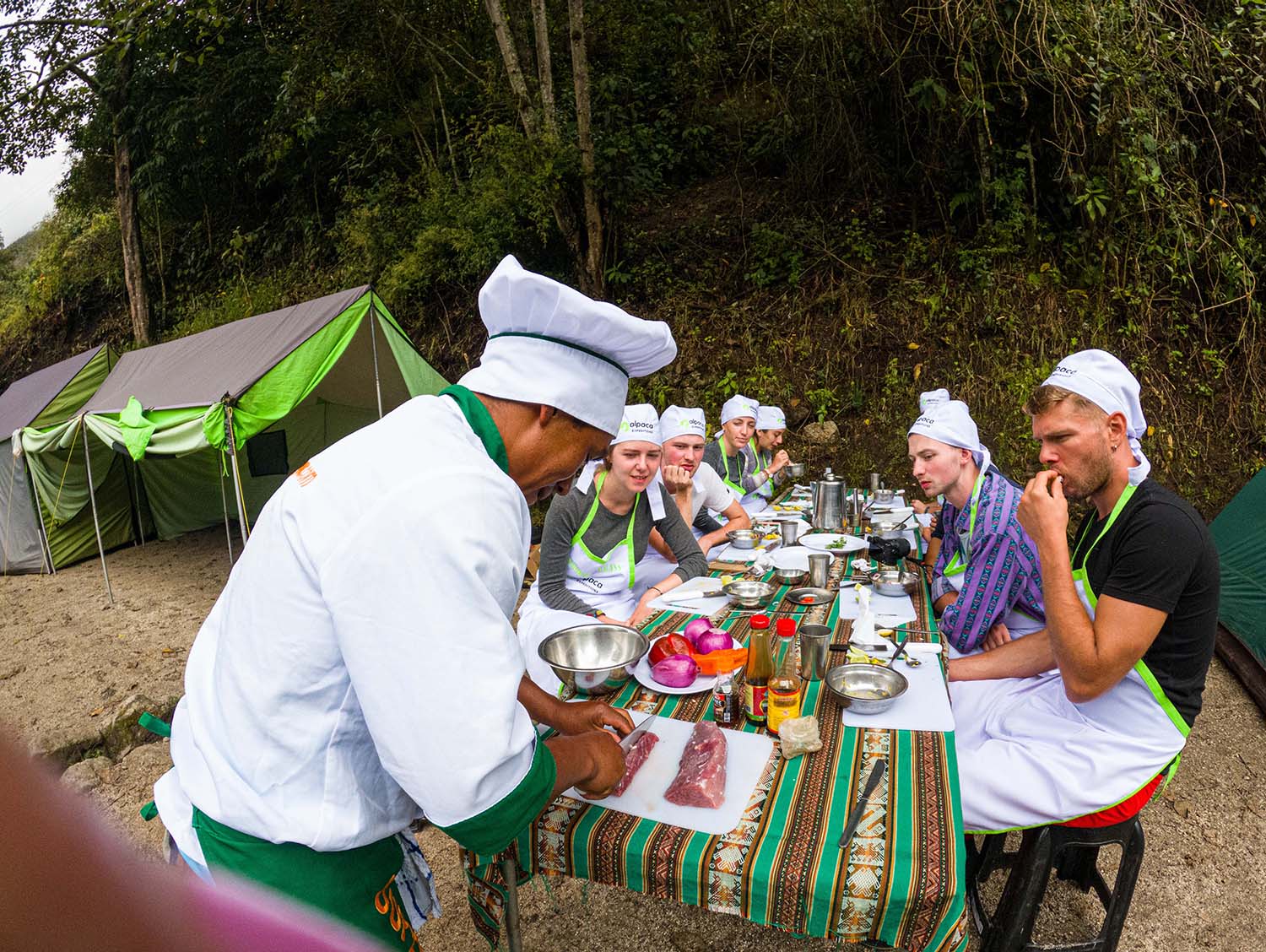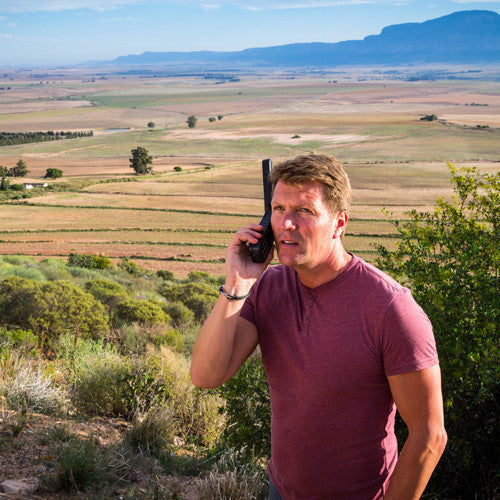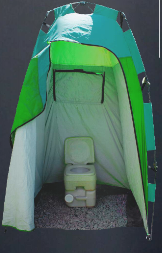The Inca Trail 4 Days 3 Nights is a popular trekking route that leads to the ancient city of Machu Picchu in Peru. Located in the Andes Mountains, the trail winds its way through a diverse range of landscapes, including lush rainforests, rugged mountains, and rolling hills. Despite its popularity, the Inca Trail can be a challenging journey, with some sections reaching altitudes of over 4,000 meters (13,200 feet) above sea level. At these high elevations, the temperature can be much cooler than at lower altitudes.
 You may have noticed the unique name “Dead Woman’s Pass.” This is one of the very well-known trails you will pass along the way when hiking the Inca trek. It is given this compelling name in part of the difficulty of crossing this pass. On the second day of the Inca Trail 4 Days 3 Nights , one will require more physical effort to cross this pass, the alpaca expedition guides will be assisting at all times to complete the crossing successfully. The hike will begin with a descend through a forest that contains Polylepis, Pteridophyte, and other native trees; the natural shade along with the breeze of the place is ideal setting to make the hike without interference from the sun’s rays. This hike will take around two hours, and you will be ascending to a higher level while you are walking uphill. The types of plants and shrubs that you observe will vary as you make your way up the mountain. You will have the opportunity to observe unique plants such as uchu meadows (Stipa ichu) as well as phuyas (Bromeliaceae). Both of these types of shrubs can only be found more than 3,500 meters (11,400 feet) above sea level. You will eventually arrive at the Dead Woman’s Pass as you make your way forward. Once arrived you will stop for a little break, your journey will continue by following some stairs downhill to the next camp.
You may have noticed the unique name “Dead Woman’s Pass.” This is one of the very well-known trails you will pass along the way when hiking the Inca trek. It is given this compelling name in part of the difficulty of crossing this pass. On the second day of the Inca Trail 4 Days 3 Nights , one will require more physical effort to cross this pass, the alpaca expedition guides will be assisting at all times to complete the crossing successfully. The hike will begin with a descend through a forest that contains Polylepis, Pteridophyte, and other native trees; the natural shade along with the breeze of the place is ideal setting to make the hike without interference from the sun’s rays. This hike will take around two hours, and you will be ascending to a higher level while you are walking uphill. The types of plants and shrubs that you observe will vary as you make your way up the mountain. You will have the opportunity to observe unique plants such as uchu meadows (Stipa ichu) as well as phuyas (Bromeliaceae). Both of these types of shrubs can only be found more than 3,500 meters (11,400 feet) above sea level. You will eventually arrive at the Dead Woman’s Pass as you make your way forward. Once arrived you will stop for a little break, your journey will continue by following some stairs downhill to the next camp.
Why do they call it the Dead Woman’s Pass?
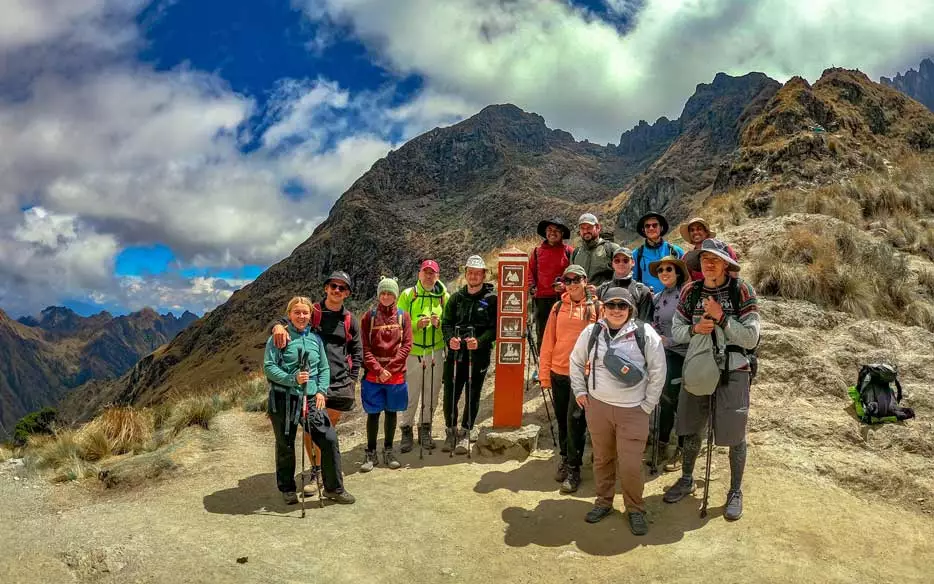 Many tourists are alarmed when they hear this name, as it has nothing to do with the safety of the pass or any fatalities that may have occurred there. The name was given due to the mountain’s distinctive shape, which appears to resemble a woman lying down. Similar to the fairytale character Sleeping Beauty. When walking from the valley of Huayllabamaba, you can see that the mountain where this pass is located has this shape. Because of the form of a woman resting the locals decided to give it that name in Quechua “Warmi Wañusca.” Which was later translated into Spanish as “dead woman’s pass.” However, some people believe that a more accurate translation of the name would be “woman’s resting place,” as the mountain appears to be a woman resting horizontally.
Many tourists are alarmed when they hear this name, as it has nothing to do with the safety of the pass or any fatalities that may have occurred there. The name was given due to the mountain’s distinctive shape, which appears to resemble a woman lying down. Similar to the fairytale character Sleeping Beauty. When walking from the valley of Huayllabamaba, you can see that the mountain where this pass is located has this shape. Because of the form of a woman resting the locals decided to give it that name in Quechua “Warmi Wañusca.” Which was later translated into Spanish as “dead woman’s pass.” However, some people believe that a more accurate translation of the name would be “woman’s resting place,” as the mountain appears to be a woman resting horizontally.
How can I see the Dead Woman’s Pass?
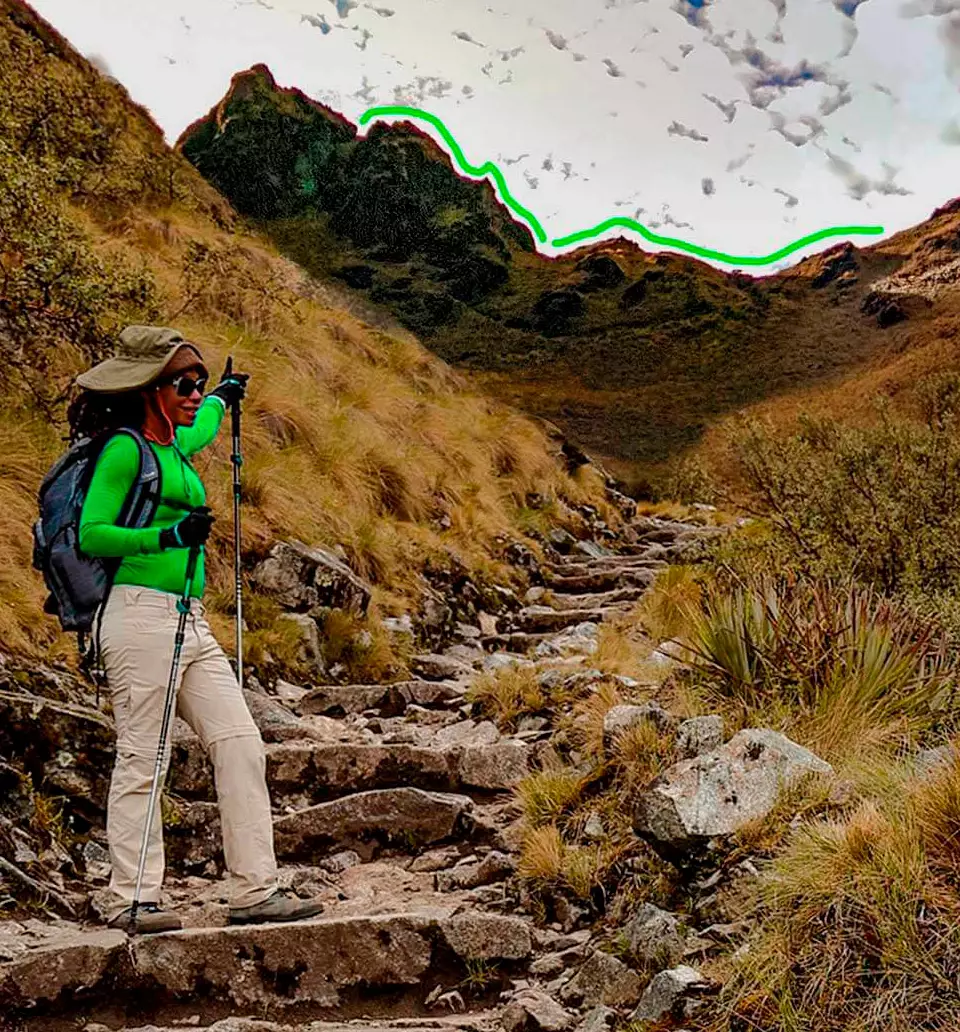
After spending the first night in the valleys of Huayllabamaba, you will begin your journey up to the pass after an early breakfast. While you are climbing up to the pass from Huayllabamaba, you will be able to see Dead Woman’s Pass in the distance. As you arrive closer the silhouette of the “dead woman ” will become more apparent, it is at that point that you will realize why the pass is called Dead Woman’s Pass. The tranquility that permeates this whole location is largely attributable to the mountain’s silhouette, a graceful lady gazing up at the sky as she is lying on her back.
What is the Elevation of Dead Woman’s Pass?
The elevation of Dead Woman’s Pass is located at an elevation of 4,215 meters (13,828 feet), and there is no doubt that it is an elevation that deserves to be considered. However, what stands out about this is that travelers will only be able to spend a short time at rest and regaining there footing here. This is the only day with this specific elevation as the subsequent days will be in a clouded forest, which holds an elevation of less than 2,000 meters (or 6,500 feet).
What is the Weather like in of Dead Woman’s Pass?
We recommend traveling to visit Dead Woman”s Pass during the season In Peru with the best Weather, which will guarantee the best views and sight-seeing experience.

In Peru there are two distinct weather seasons “dry season and “rainy season.” Dry Season is from April to October whilst Rainy season is typically from November to March. We recommend traveling during the dry season to ensure the best experience. Be prepared for glowing, lustrous and otherworldly star gazing at night. As the altitude is much higher you are much closer to the sky, the stars and night sky show case a much more vibrant opalescent experience. When hiking one can expect both sun, cold winds and chances of brisk rain showers. It can be cold most of the time while hiking this trek, the temperature may vary from 0ºC, at the highest point (the pass of the Dead Woman) to 22ºC. The tip to being the most prepared for this weather while hiking is to assemble outfits and gear for cold or rainy weather as it may rain at times during dry season as well. Outfit weather preparation should include rain coat, hat, waterproof gloves and even rain pants for those trekking.

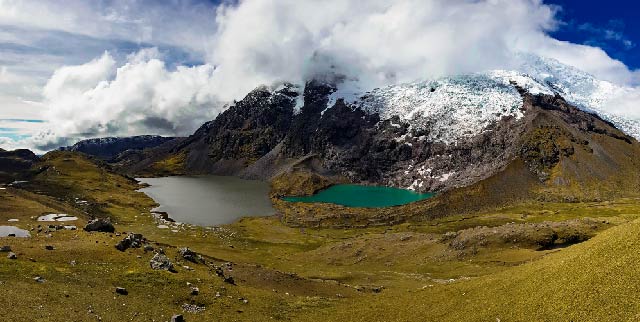
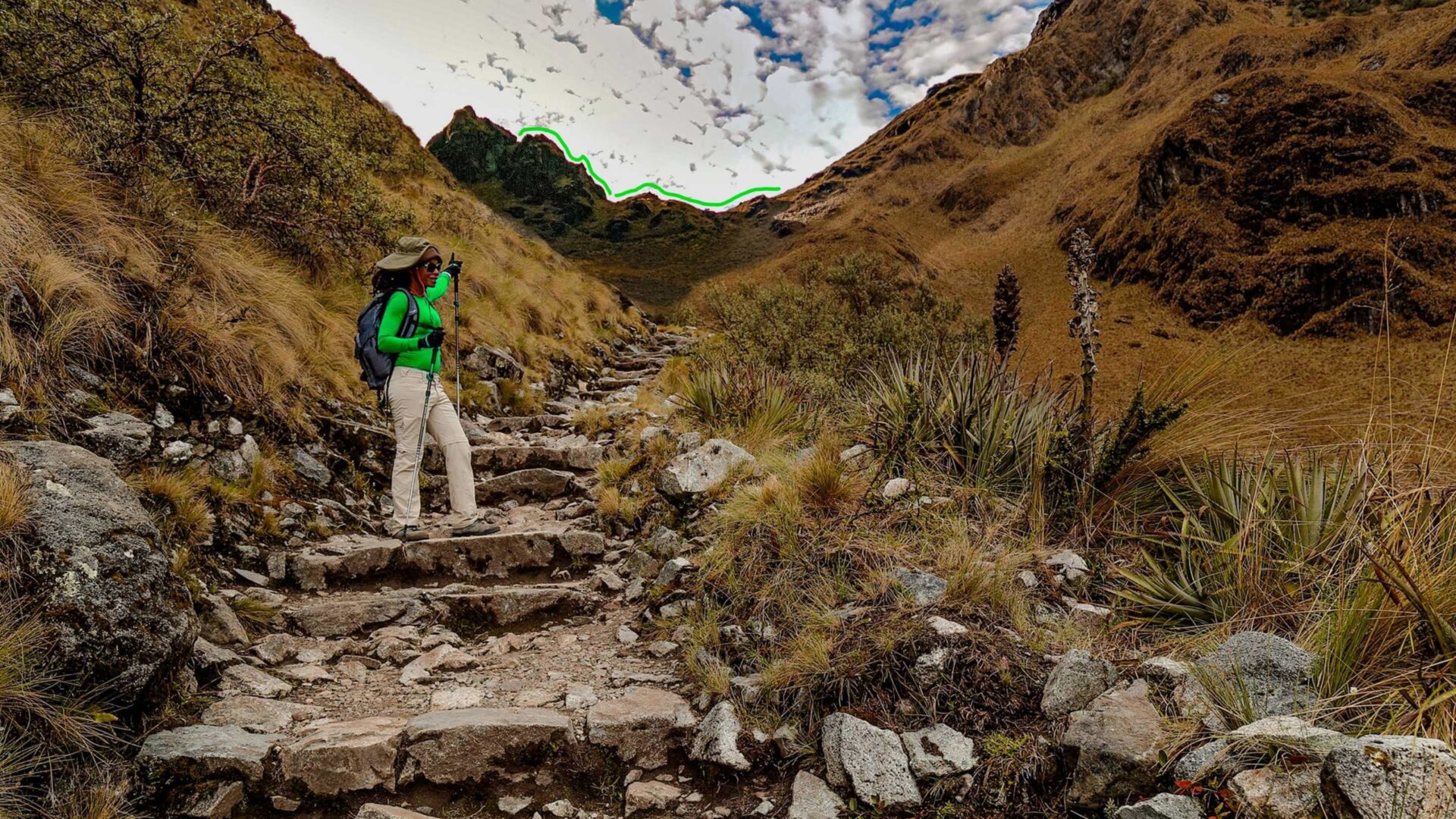





















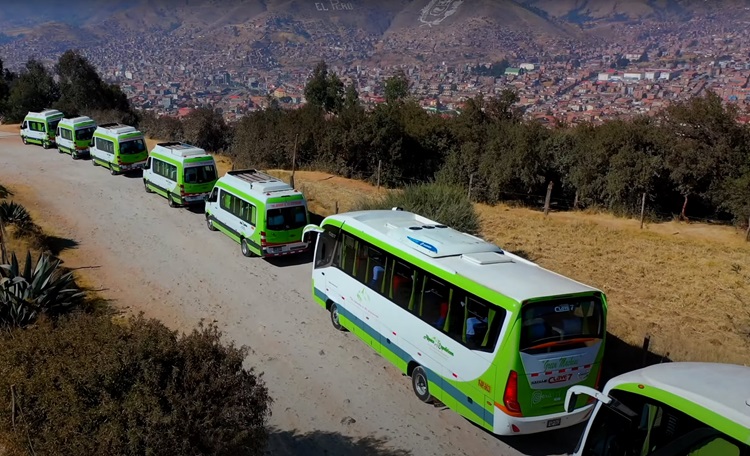
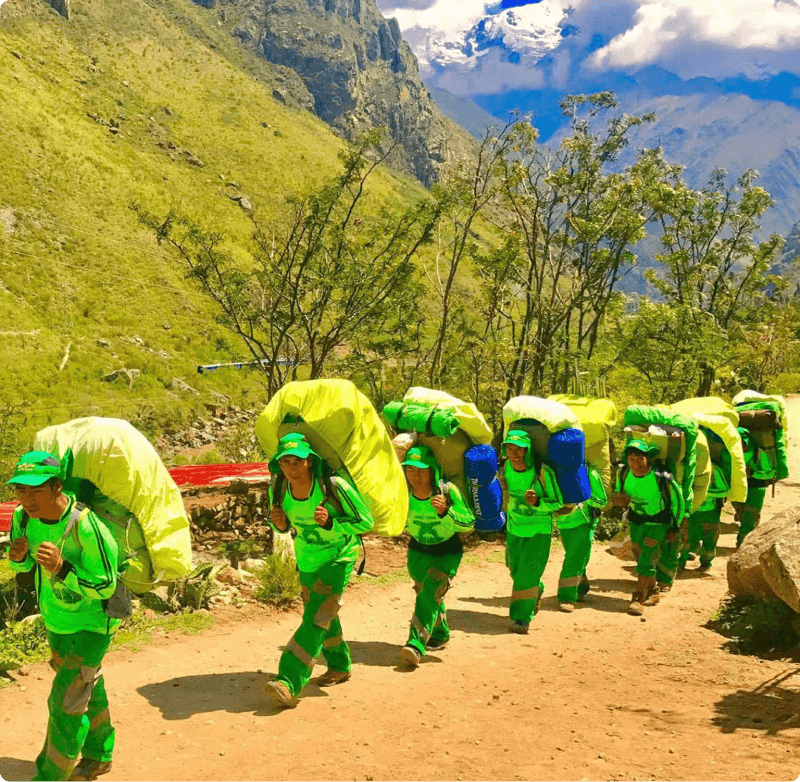 Porters will carry up to 7 kg of your personal items, which must include your sleeping bag and air mat (if you bring or rent one). From us, these two items weigh a combined total of 3.5 kg.
Porters will carry up to 7 kg of your personal items, which must include your sleeping bag and air mat (if you bring or rent one). From us, these two items weigh a combined total of 3.5 kg.